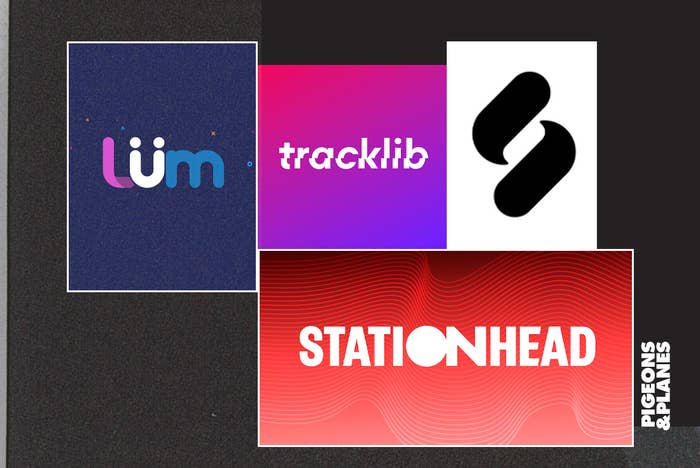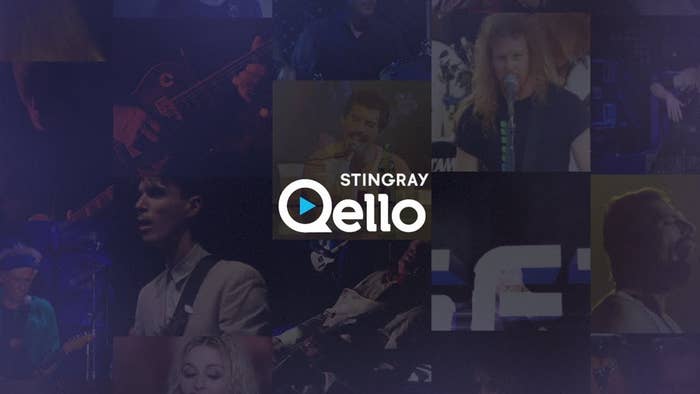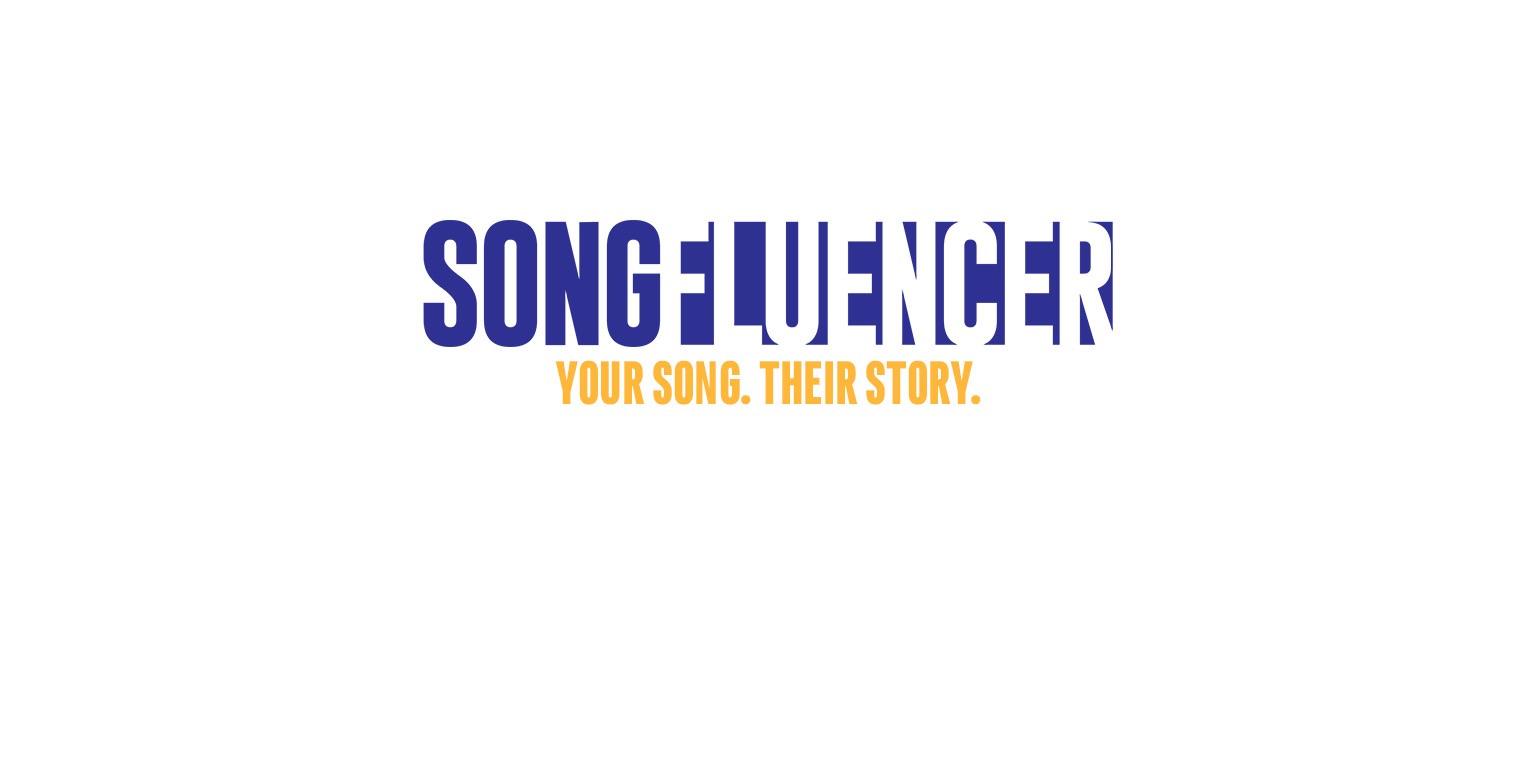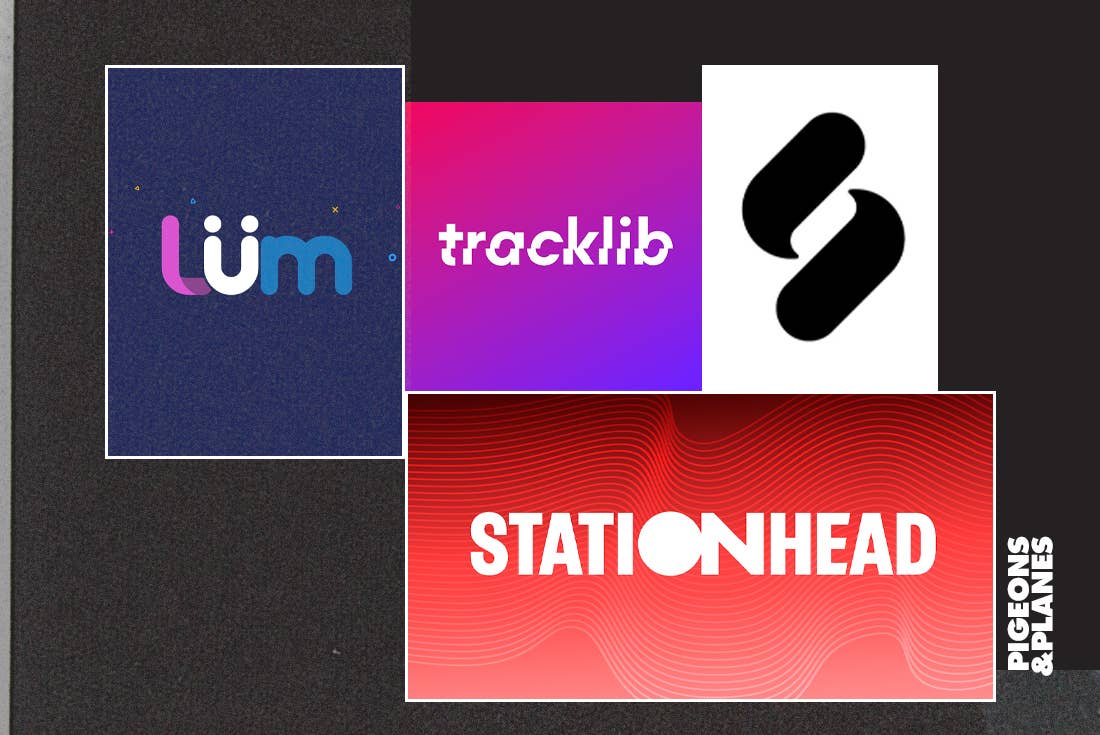
Like so many of our other cultural pillars, the role of music and the livelihoods of musicians are suffering due to the coronavirus pandemic affecting the planet. Tours and festivals are cancelled, and even streaming has dropped slightly, too. Ever since streaming caught on in the 2010s and breathed life into a flagging industry, music has become the latest landscape the tech world is desperate to remake in its image, and there is opportunity in these unprecedented times.
Music is always in a state of flux—genres are created, redefined, and ultimately eschewed. Vinyl records go from being the latest mode of listening to outdated to retro haute in just the span of a few decades. Like any, creative industry, change is a constant, and with apps like TikTok and Triller turning unknowns into overnight sensations, it feels like that change is coming faster than ever nowadays.
While many new music tech companies are trying for subtle tweaks on existing concepts, there are plenty of aspects of the modern industry that do genuinely need refreshing. These range from the prohibitive costs of studio software to how we can watch concert footage and support artists to the role of radio in sharing and discovering new acts.
We highlighted seven companies and apps that are empowering both musicians and fans to create and connect in these alienating times.
Qello

With an impressive library that includes everything from golden era jazz to powerhouse pop sets by Beyoncé and Amy Winehouse all the way to ASAP Rocky and Lil Wayne, Qello might be just what you need to handle your concert withdrawal. Owned by Stingray, which also operates a karaoke offshoot and a classical music channel, Qello has grown into an impressive hub of live music since being founded in 2010.
“This is as close as you can get to having the real live experience. There are even a couple of positives that you can’t do live in a venue,” says Fredrick Ranger, Stingray’s VP of Product Marketing. “You can go on-demand, if you want to watch live Queen shows from 1982 in Montreal, you can. You can even select the track that you want to hear if you want to go straight to ‘We Will Rock You' and blast it.”
"This is as close as you can get to having the real live experience. There are even a couple of positives that you can’t do live in a venue." – Fredrick Ranger, Stingray’s VP of Product Marketing
While much of Qello’s catalog is made up of shows by A-listers, Ranger says they’re working with more up-and-coming talent through avenues like their PausePlay interview series, Songbook sessions, which show an artist creating a song, and the livestream channels on Qello TV. Stingray works with record labels and concert footage specialists to build its library, making sure all parties receive their financial compensation.
“We make a point of doing a fair revenue share and paying royalties and everything,” says Ranger. “Stingray was built on the idea of leveraging content, but also giving back to the artist, the label, and whoever is providing the piece of content that they worked so hard on.”
As people look for ways to lift their spirits and manage their anxiety in this crisis climate, Qello has opened up viewing experiences more broadly to the public. 30 high-profile shows are available to watch completely free, and they’ve also made 40 years of footage from the prestigious Montreal International Jazz Festival available with a 30-day free trial.
“I’m not afraid to tell you that we’ve seen an uptick in almost all of our products. People are craving entertainment,” Ranger says. “There are only so many Netflix series you can watch in a day or a week or a month. There’s only one Tiger King series.”
Stationhead
View this video on YouTube
Being good at traditional social media can feel like a prerequisite for artistic success today, but it needn’t be. Stationhead, a social radio and music streaming app, is offering another way for artists to get music out there and find new fans without having to vie for Instagram likes that may or may not even translate into actual listeners. Stationhead CEO Ryan Star says he wants his company to be “the Twitch of music,” creating both new revenue streams and a means of deep connection in these transient times.
“My experience came from this model of radio that was very broken and controlled,” he says. “In no sense am I saying, ‘I want to kill your radio,’ but I truly believe there’s an opportunity to create the new model that will make the old model obsolete.”
"Like playlists did on Spotify, Stationhead has the potential to launch the next great tastemakers in music." – Ryan Star, CEO of Stationhead
Stationhead has already picked up significant steam, with supporters like Atlantic Records COO Julie Greenwald and 300 Entertainment CEO/Founder Kevin Liles, as well as artists like Francis and the Lights, Raekwon, and DIPLO. On the app, users play music through Apple Music and Spotify while also having the ability to speak to their audience and include live callers.
The app is free to use and open to artists and music enthusiasts at any level. Perhaps best of all, unlike other social media platforms, success on Stationhead directly translates into money in the artist’s pocket.
“You can talk with your music just like the radio, but five million listeners equals five million streams for every song played,” Star explains. "Like playlists did on Spotify, Stationhead has the potential to launch the next great tastemakers in music."
In the past, finding sounds and samples as a producer required hours trawling through message boards, only to download a “Kanye West Sample Pack” with a few measly kick drums and tinny snares. Companies like Splice are changing that, offering well organized, diverse sample libraries all created by artists, and a whole lot more, too.
“A third of the world tries to make music and we know not all of them end up doing so successfully, but we think they would if they didn’t hit obstacles along the way,” says Laura Zax, Splice’s VP of Marketing. “We saw an opportunity for technology to help tackle and break down the complexity of making music, and at the same time tackle that self doubt component.”
The company’s flagship product is Splice Sounds, a subscription service which gives you access to millions of samples and loops, as well as specially designed packs by heavy-hitters like Scott Storch, Southside, and Murda Beatz. Beyond the big names, Splice Sounds is also providing musicians the tools to make a stable income by designing sounds and samples themselves.
“KARRA, a vocalist who was a manager at Jersey Mike’s when she released her first Splice sample pack, now has a publishing deal and her own studio,” says Zax. “She just started her own sample label on Splice where she’s finding and helping other vocalists.”
Beyond Splice Sounds, the company has Splice Studio, a cloud-based collaborative platform compatible with most digital audio workstations (DAWs) used by artists and producers, as well as Splice Plugins, which are available on a rent-to-own model. They even offer the same financing on Studio One, a professional quality DAW.
"What makes Splice so powerful is that bedroom producers making their first beats or beats that will never even hit SoundCloud are using Splice and so are the top producers in the world." – Laura Zax, Splice’s VP of Marketing
“I think what makes Splice so powerful is that bedroom producers making their first beats or beats that will never even hit SoundCloud are using Splice and so are the top producers in the world,” Zax says. “They’re using the same exact product, same library, paying the same price.”
With the coronavirus pandemic hitting the music industry so hard, Zax says Splice is employing a “two pillar” approach to artist aid. First, they’re making sure creators can work, sourcing more audio content, with a focus on musicians who are affected by canceled tours and performance opportunities. They’re also transitioning some of their advertising money to pay artists to create Splice tutorials through a new program. The company has even launched Splice TV, which features daily weekday programming aimed at education and community building, through Twitch.
Zax says Splice, which has paid out more than $25 million since launching the Sounds collections in 2015, strives to create “an open music ecosystem.” In this fraught time, few companies in the music innovation world are doing more to create revenue for artists and producers than them.
Songfluencer

LÜM

LÜM is an app fueled by music discovery, but it's not your typical streaming platform. The app seeks to "gamify" music discovery in a way that hasn't been done before, allowing fans to find artists early, listen to them on the app, provide direct support through virtual gifting, and be acknowledged for their finds. Essentially, fans can "compete" to be the biggest fan of a new artist.
"We started by game planning around how we can combine a social media platform with a streaming platform where emerging artists can build their brand," says Jacob Fergus, CMO of LÜM. "They can build a fan base of dedicated music consumers, and put them all in one home. Then we started thinking, 'Okay, well 99 percent of artists on streaming services aren't making tangible income off of their actual streams. There's got to be a better way for us to monetize streaming for these artists through direct support.'"
"We started thinking, 'Okay, well 99 percent of artists on streaming services aren't making tangible income off of their actual streams. There's got to be a better way for us to monetize streaming for these artists through direct support.'" – Jacob Fergus, CMO of LÜM
After looking outside of the music industry to models like Patreon and Twitch, LÜM created an in-app currency on the application called a Note, and each Note is equal to a Spotify stream worth of revenue. Fans are able to give different levels of gifts, and their history of finding artists early and showing support is tracked, so they can build a history of discovery and support that they can share and get credit for.
Brooklyn artist Devvon Terrell says LÜM has not only become a source of revenue, but a new way to engage with his audience on a personal level. "On Spotify, and I really can't connect with my fans one-to-one, like, 'Hey, thank you. Hey, how are you?' LÜM has that incorporated, so I can see exactly who my biggest fan is, who's streaming it the most, who is the most invested, you can literally repost it from there. It's just a little bit more intuitive when it comes to fans and just being more engaging with them."
Resonate

Tracklib
View this video on YouTube
Navigating the world of music copyright is daunting; even professionals on major labels frequently make mistakes that lead to legal disputes. That’s why Stockholm-based startup Tracklib was created; it offers pre-cleared samples at a wide-range of prices for both A-list beatmakers and those just getting into the game.
“We saw this huge gap between everyone who owns the rights on one end—the labels and the publishers—and everyone wanting to use the rights on the other end,” says CEO Par Almqvist. “We realized someone needs to do the arduous work—and arduous it has been—to bridge this gap.”
With samples dating all the way back to 1928, Tracklib’s library is a crate-digger’s dream. Producers pay a flat fee so they can commercially release music, and then a licensing fee on top of that depending on the popularity of the source material they’re sampling. This has allowed people like T-Minus to sample the First Choice record that became J. Cole’s 2019 hit “MIDDLE CHILD” without worrying about the convoluted clearance process.
“The first reaction we usually get is disbelief. Is this real music? Are these original recordings?” says Almqvist. “Is this an Isaac Hayes recording from the early ‘70s where I can mess around with the multitracks and actually put stuff out?”
Tracklib is not only a useful tool for producers, but a way for musicians to earn supplemental income through creating and selling samples. Tracklib CMO Per Stenius cites Swedish musician Jimmy Cardell, whose music has been sampled by major artists, including BROCKHAMPTON on “Dearly Departed.”
Smartly, Tracklib is also getting involved in the beat battle format that has dominated Instagram Live lately and seen marquee matchups like Mannie Fresh vs. Scott Storch and DJ Premier vs RZA. The Tracklib iteration is geared towards inspiring creation, allowing aspiring producers to battle pros, who are livestreamed for one hour making a beat around a particular sample.
“During the time of the livestream and for an hour after, that specific song will be free from Tracklib as a download,” says Stenius. “Everyone has 24 hours to make a better beat. You get to challenge your favorite producers this way.”
Over the last two years, Tracklib has continued to establish itself as a hub for producers with its in-depth State of Sampling packages, summing up the year in sampled music and exploring trends. “We didn’t know when we started Tracklib how pervasive sampling was,” Almqvist says.
“The ‘lib’ in Tracklib of course means library, but it more importantly means ‘liberation,’” explains Almqvist. “To liberate the world’s original recordings so they can be used in an easy, fast, and affordable way so opportunity can be created.”



